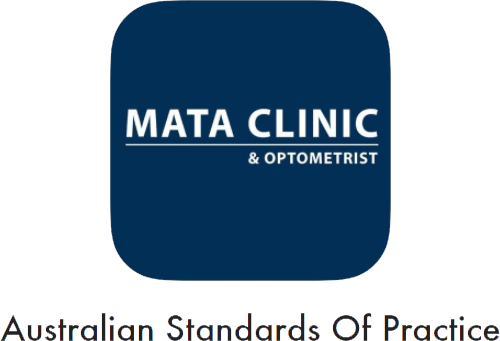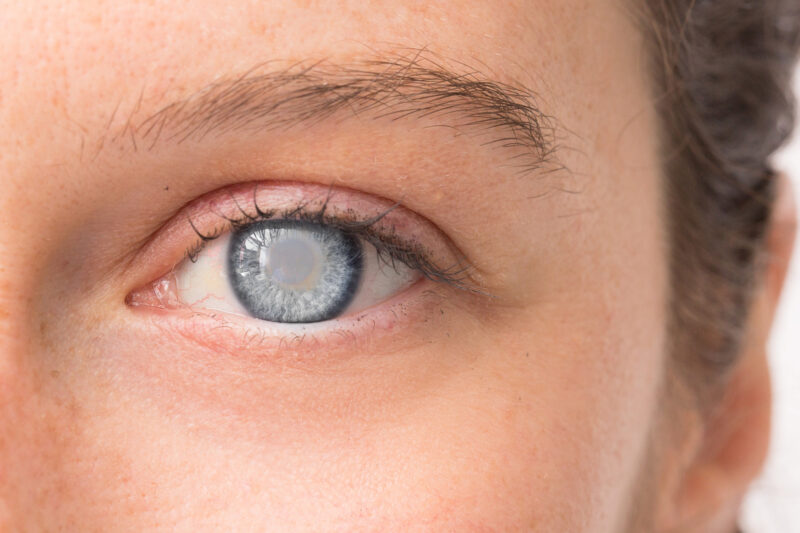The old maxim, “Eat your carrots—they’re good for your eyes” had some validity. Nutrients in carrots can help, but dark leafy green vegetables contain higher levels of nutrients that might contribute to slowing the progression of your AMD. They’re not the only foods that may help you protect your vision—and there are other foods you should avoid or eat in moderation if you want to be good to your eyes.
What’s a Good Macular Degeneration Diet?
The AMD diet includes foods that contain healthy amounts of a number of specific vitamins, minerals and other nutrients. Eat plenty of fruits and vegetables, some fish, and nuts and seeds—a Mediterranean-style diet fits the bill fairly well. Just as important, the AMD diet avoids other foods that might contribute to chronic conditions associated with macular degeneration or that directly affect the eyes.
However good your diet, the National Eye Institute recommends a nutrient formula to help reduce the risk of AMD progression. Only AREDS2 formula eye vitamins contain that formula (click here to read about vitamins based on the AREDS2 clinical study). Nevertheless, it’s always a good idea to get important nutrients through foods as well as supplements.
The best foods to eat for macular degeneration
Your diet should include these nutrients:

Antioxidants
Vitamins A, C, and E. Antioxidants help your body fight cellular damage. For vitamin A, eat plenty of carotenoids, which include the “eye vitamins” lutein and zeaxanthin. They’re found in red-orange pigmented fruits and vegetables and dark leafy greens. Citrus delivers hefty doses of vitamin C. And nuts and seeds and their oils are rich in vitamin E.

Omega-3 fatty acids
Three important Omega-3s are EPA and DHA, which are mainly found in fatty fish, and ALA, which is found in nuts and seeds. Omega-3s help your body fight inflammation, which researchers believe may play a role in AMD. These fatty acids can also help lower bad-cholesterol levels, which are linked with AMD.

Zinc and copper
These trace minerals contribute to eye health directly and indirectly. For example, zinc helps your body absorb the antioxidant vitamin A and also regulates cellular function. Meats, shellfish and legumes such as chickpeas are high in zinc. For copper, eat plenty of dark leafy greens—again!—as well as nuts and seeds, legumes and eggs.
Foods to avoid with macular degeneration
No surprise: The same foods that clog the blood vessels of your heart are also a danger to the tiny blood vessels of your eyes. To protect your vision, avoid fast foods and go easy on the following, especially if you have high cholesterol:
- Processed foods that contain trans fats
- Tropical oils, like palm oil (use vitamin E–rich safflower and corn oil instead)
- Lard and vegetable shortening, and margarine
- High-fat dairy foods (eggs in moderation are a good source of eye-healthy nutrients)
- Fatty beef, pork and lamb
Give sweets and sugary drinks the boot, too, because they spark inflammation, which generates eye-damaging free radicals. Sugary foods and fatty ones are high in calories and a major contributor to obesity, which is linked to AMD.
The Best Sunglasses for Macular Degeneration
When you’re shopping for sunglasses, you have a few options to choose from—some more costly than others. Your main goal is to find a pair that protects you from UV rays by filtering sunlight from all angles, but there are other features to keep in mind. Some lenses reduce glare, and if you have any vision loss, you’ll find that your glasses can also improve contrast.
Here are some of your best options.

Wraparound Frames
Wrap-style frames fit closely to the face and bend around the temples, which prevents UV rays from sneaking in on the sides. This style reduces most sunlight from reaching the macula.

Fitovers
These frames are designed to fit over your prescription eyeglasses so you don’t have to buy two pairs or switch between them. They offer good side protection from UV rays.

Polarized Lenses
Polarized lenses reduce glare outdoors by filtering out light reflecting off surfaces like water or snow, and certain road surfaces. AMD can increase your sensitivity to glare.

Anti-reflective Lenses
An anti-reflective lens coating reduces the amount of glare that reflects back into your eyes both outdoors and indoors—for example, when you’re looking at a screen.

Amber or Gray Tinted Lenses
Amber and gray block more blue light. Amber also increases the perception of contrast, which can diminish with AMD. Avoid amber lenses when driving.
10 Questions to Ask Your Eye Doctor
Knowledge is power. The more you know about your condition and your options, the more successfully you’ll be able to take charge of your life with AMD. Here are 10 questions you should consider asking your doctor at your next visit. They might not all be relevant to your condition right now—it depends on your symptoms.
- What type of AMD do I have?
- Are both my eyes affected?
- Is my AMD progressing?
- Are there specific symptoms I should note?
- Are there lifestyle changes I can make to reduce my risk of progression?
- Which medical treatments are available for me?
- Are PreserVision eye vitamins right for me? Which formula would you recommend?
- Should I see a specialist in low vision?
- Can you refer me to a visual rehabilitation clinic?
- Is it safe to drive?





Recent Comments